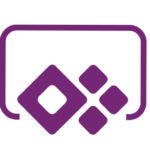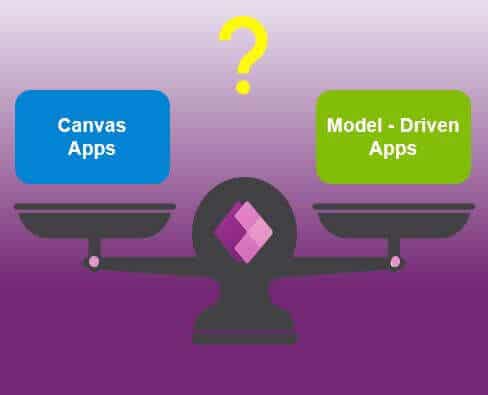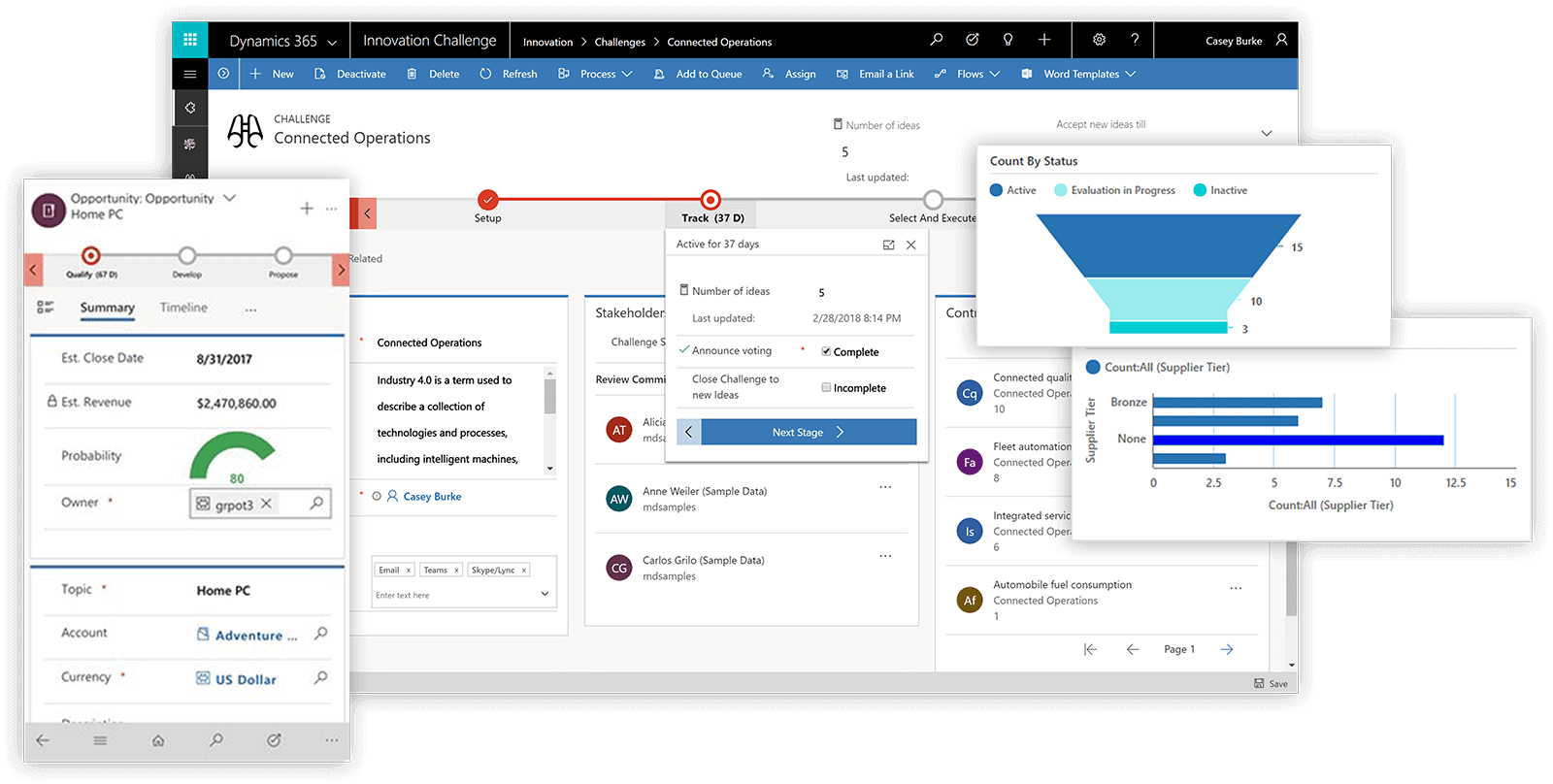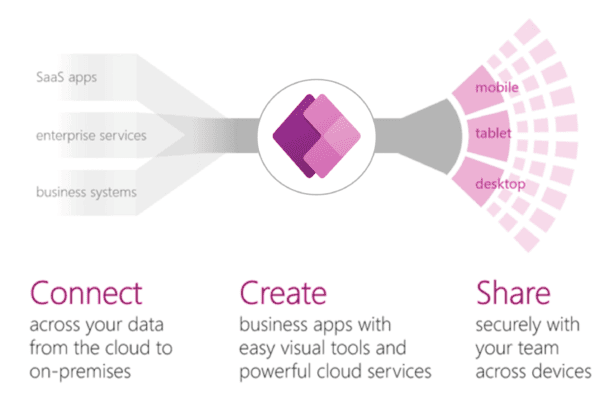The Power Apps software development advantage
Due to the rapidly changing nature of most business environments, organizations are always needing to solve business problems with tech solutions. But when it comes to solving these problems, the ‘build vs. buy’ conundrum can often be perplexing. On the one hand, choosing to build a solution from the ground-up provides near unlimited flexibility and customization options. But this is offset by the relatively lengthy (and resource-heavy) software development process. On the other hand, an off-the-shelf solution can be much cheaper and faster to deploy. Although, it can deprive organizations of the deep customizations they need to do their work.
Power Apps helps resolve the ‘build vs. buy’ problem. It gives your people the resources they need to quickly plan and develop solutions to your most challenging problems, providing the flexibility of a custom build and the rapid deployment of an off-the-shelf solution. While Power Apps software development used to require an entire process beginning with a comprehensive list of requirements and ending with deployment, adoption, and maintenance; low-code drastically contracts the process.

Power Apps provides a platform-as-a-service program that lets you build apps in a convenient drag-and-drop process. Users can construct apps for varying use cases ranging from a simple 3-step workflow to a complex customer relationship management application.
Even better, with Microsoft Power Platform and its suite of tools, teams within your organization can rapidly plan and create applications that meet their needs all by themselves. They can engage their specialized knowledge on critical functionalities to create tools that are truly theirs. Teams end up solving the problems of their department in the most relevant way, while freeing up your IT people to focus on other problems.
Power Apps lets you create applications that are designed to fit how and where your people work – but in a fluid manner that truly augments the work they do. This way, it’s not just people adjusting how they do their work to fit the system, but rather systems and fluid applications adapting to the people to instantly augment the work they do and solve challenges as they arise.
That said, let’s turn to the two major ways of building apps with Power Apps – canvas apps and model-driven apps.







